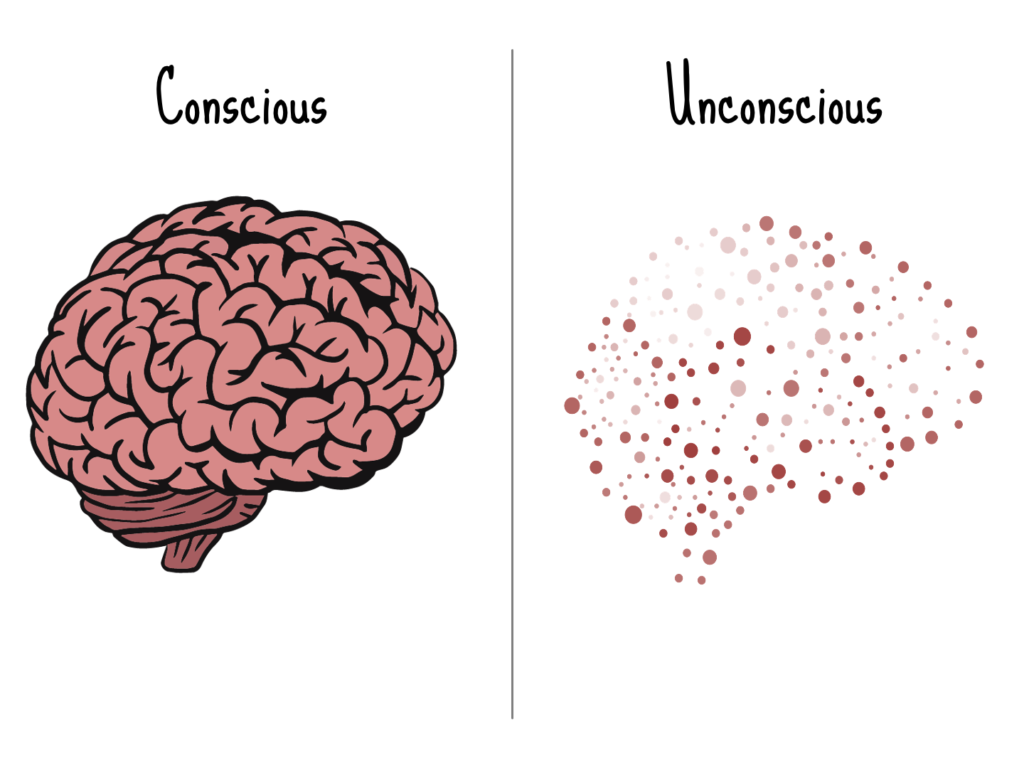
To understand this better, let’s take a closer look at how we process things like stereotypes. Children and adults process information and experiences at both a conscious and an unconscious level. To understand someone’s conscious thoughts, we can ask them a direct question. For example, ‘do you like math?’ When asked this question, the person reflects on it and gives a conscious reply.
Our unconscious thoughts? Those are a little trickier. We can’t simply ask about them – they are unconscious after all. But researchers have developed a method to get a glimpse of what a person’s unconscious thoughts might be. The method is fairly simple: a series of sorting tasks featuring different categories like math, girls, boys, and reading. By seeing how quickly people are able to group items together, researchers can get an idea about what concepts “go together” in their mind. For example, someone may be quicker to group “math” with “boys.” This helps researchers understand what kinds of unconscious beliefs and associations people have.
Many adults have unconscious thoughts and feelings that they cannot reflect on or express. Studies show that these unconscious thoughts and feelings exert a powerful influence on people’s behavior.
Understanding what children unconsciously think and feel is just as important as exploring their conscious minds. Researchers have also developed tools to explore children’s unconscious minds. Let’s look at how researchers used them to examine children’s unconscious thoughts and feelings about school subjects like math.
-
- Academic sense of self
- how a person thinks of themself as a student
- Bias
- the belief that some people or ideas are better than others, usually resulting in unfair treatment
- BIPOC
- Black, Indigenous, people of color
- Conscious
- thoughts or feelings that we are aware of
- Growth mindset
- the belief that, with effort, you can learn and achieve new things.
- In-group preference
- the tendency to form close relationships with others in a person’s same groups
- Self-esteem
- a cluster of characteristics, such as feeling confident, having pride in oneself, and a sense of self-worth
- Sense of self
- how a person thinks and feels about their self
- Stereotype
- a widespread belief that a person must have a trait because they belong to a particular group
- Unconscious
- thoughts or feelings that we are unaware of